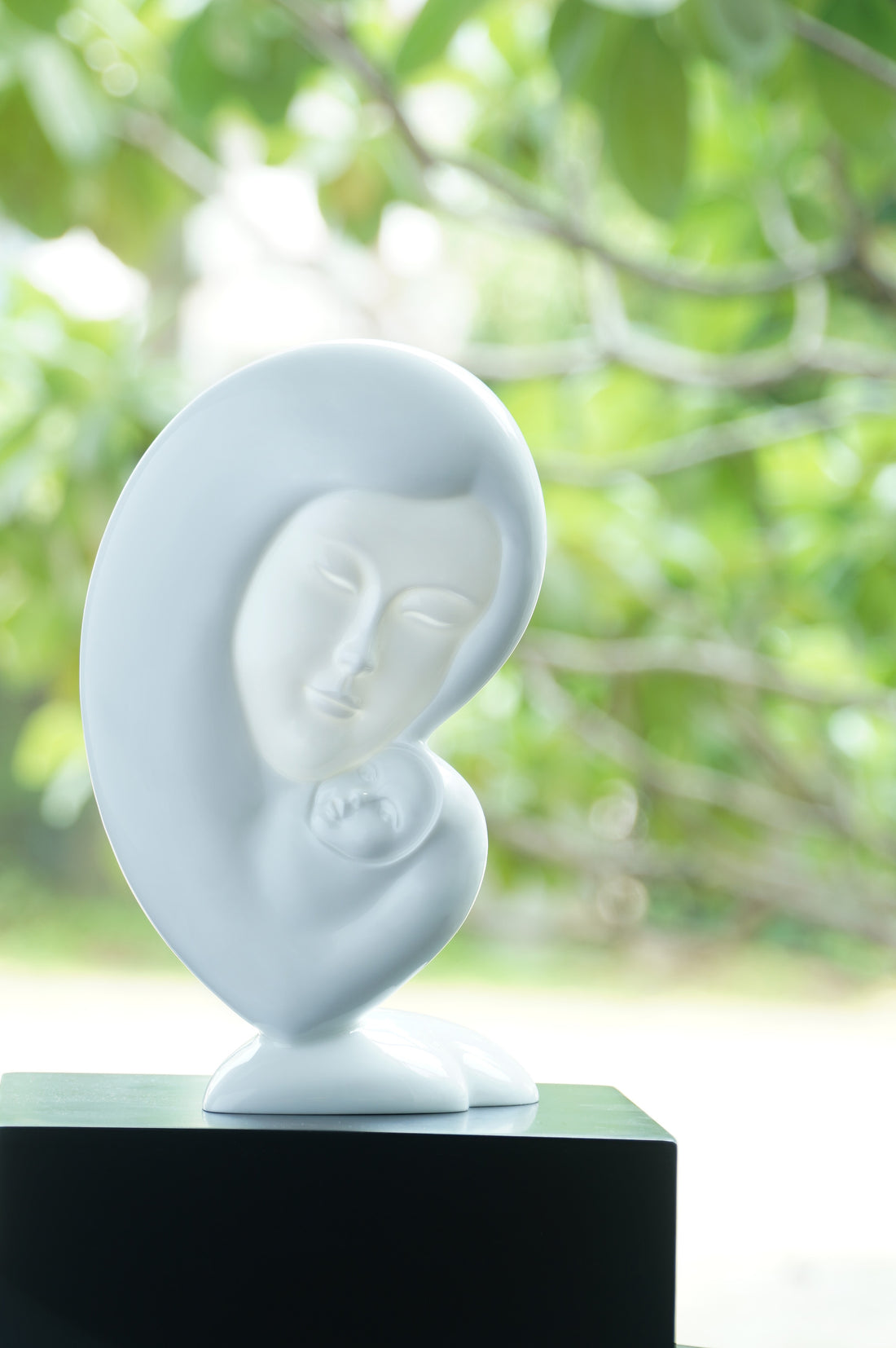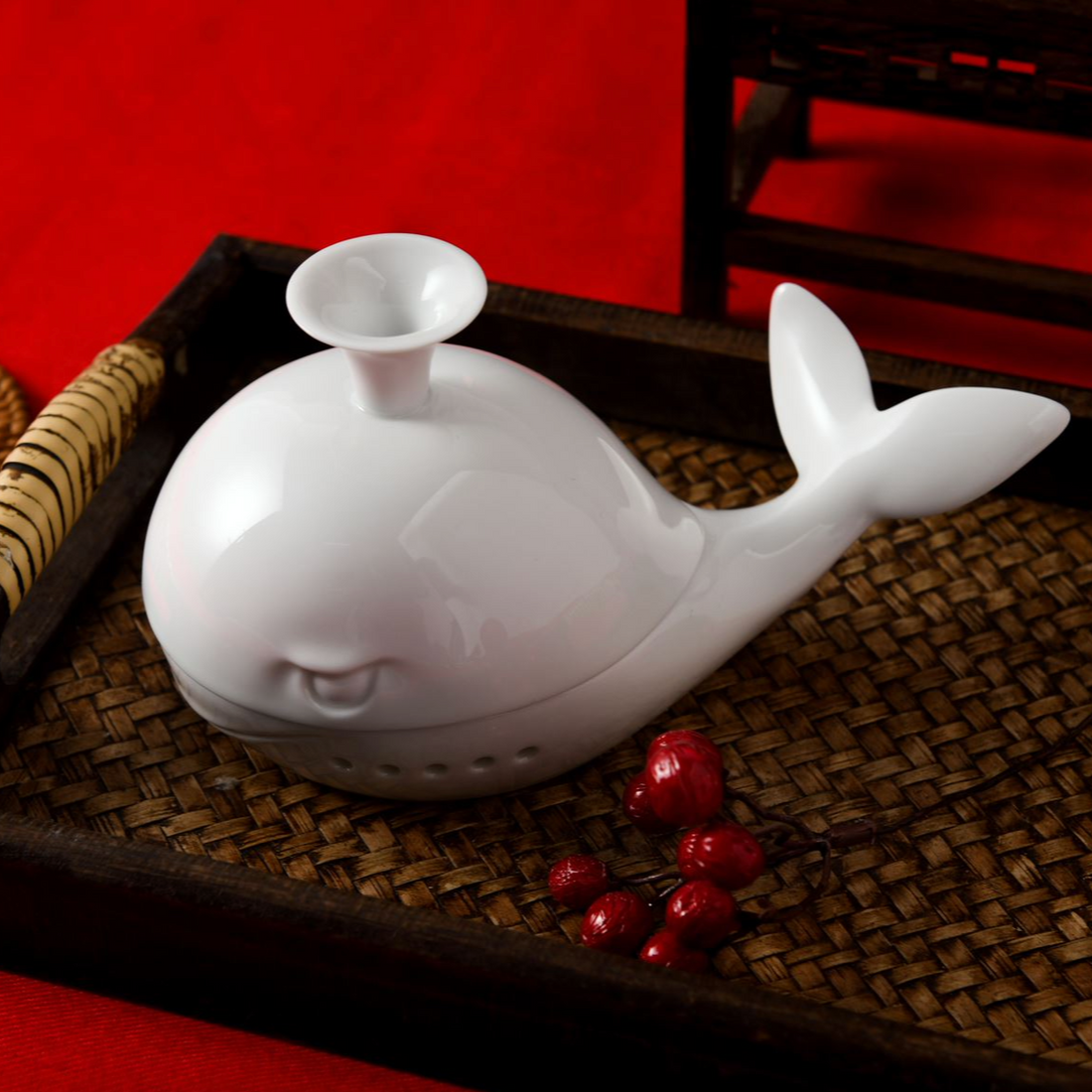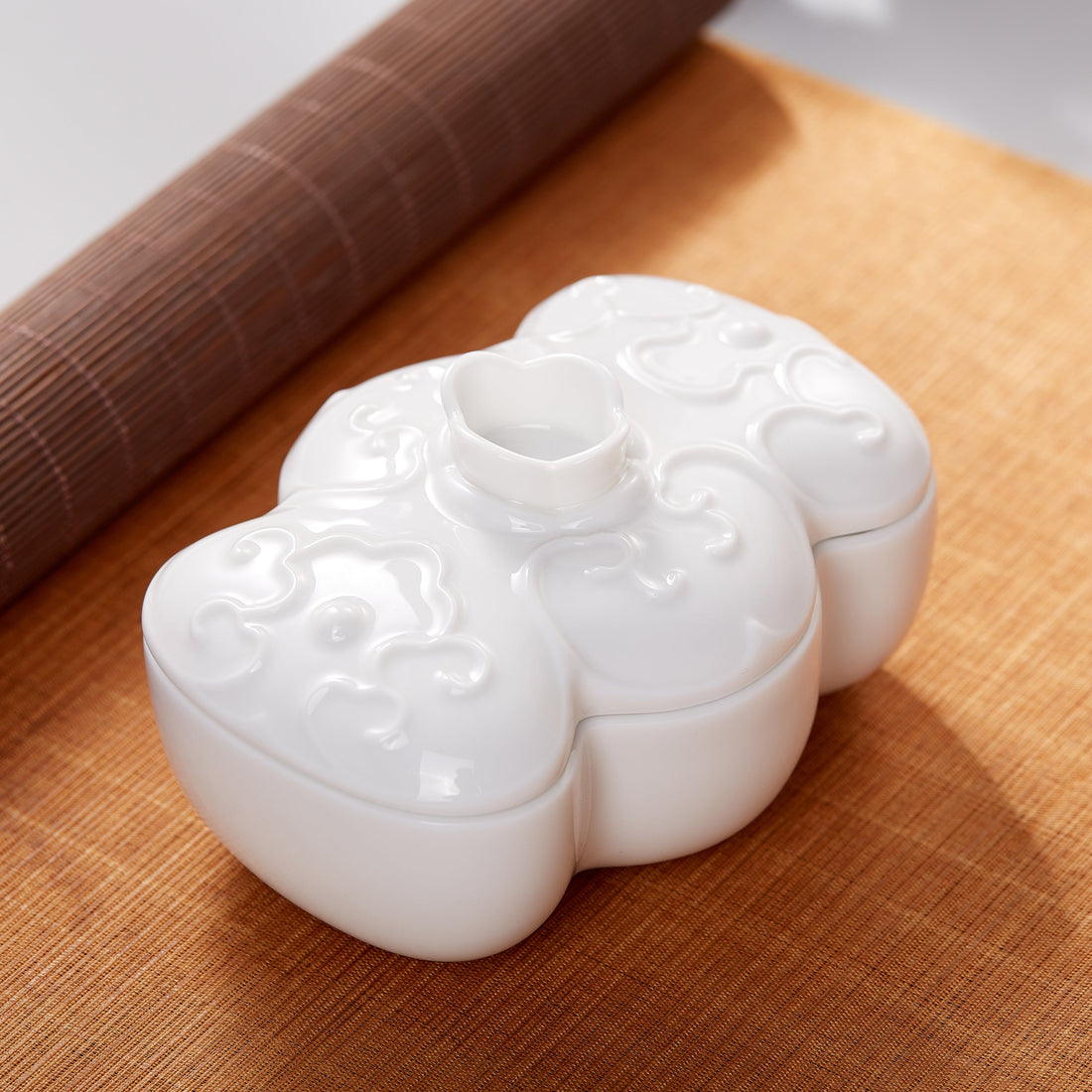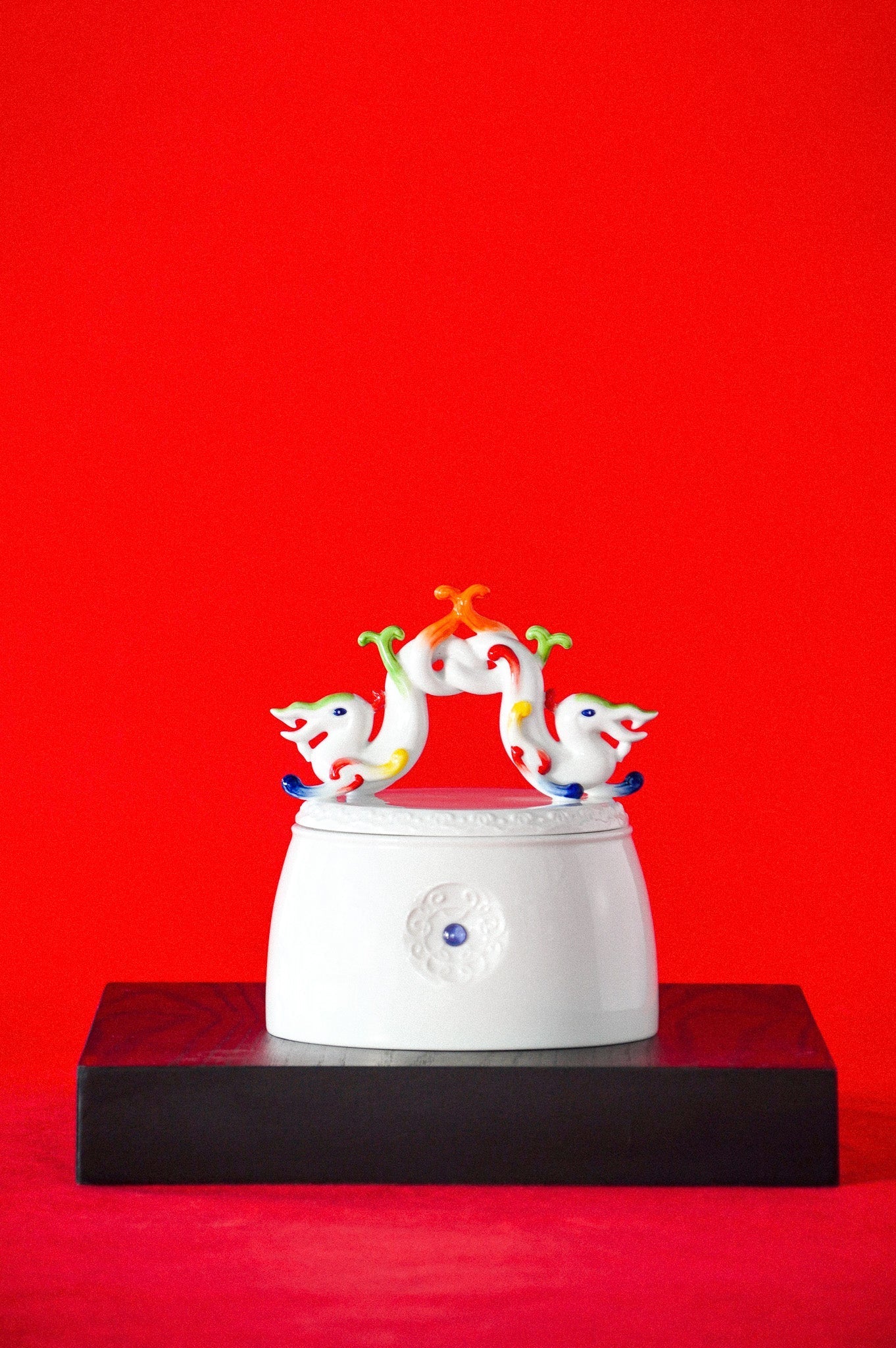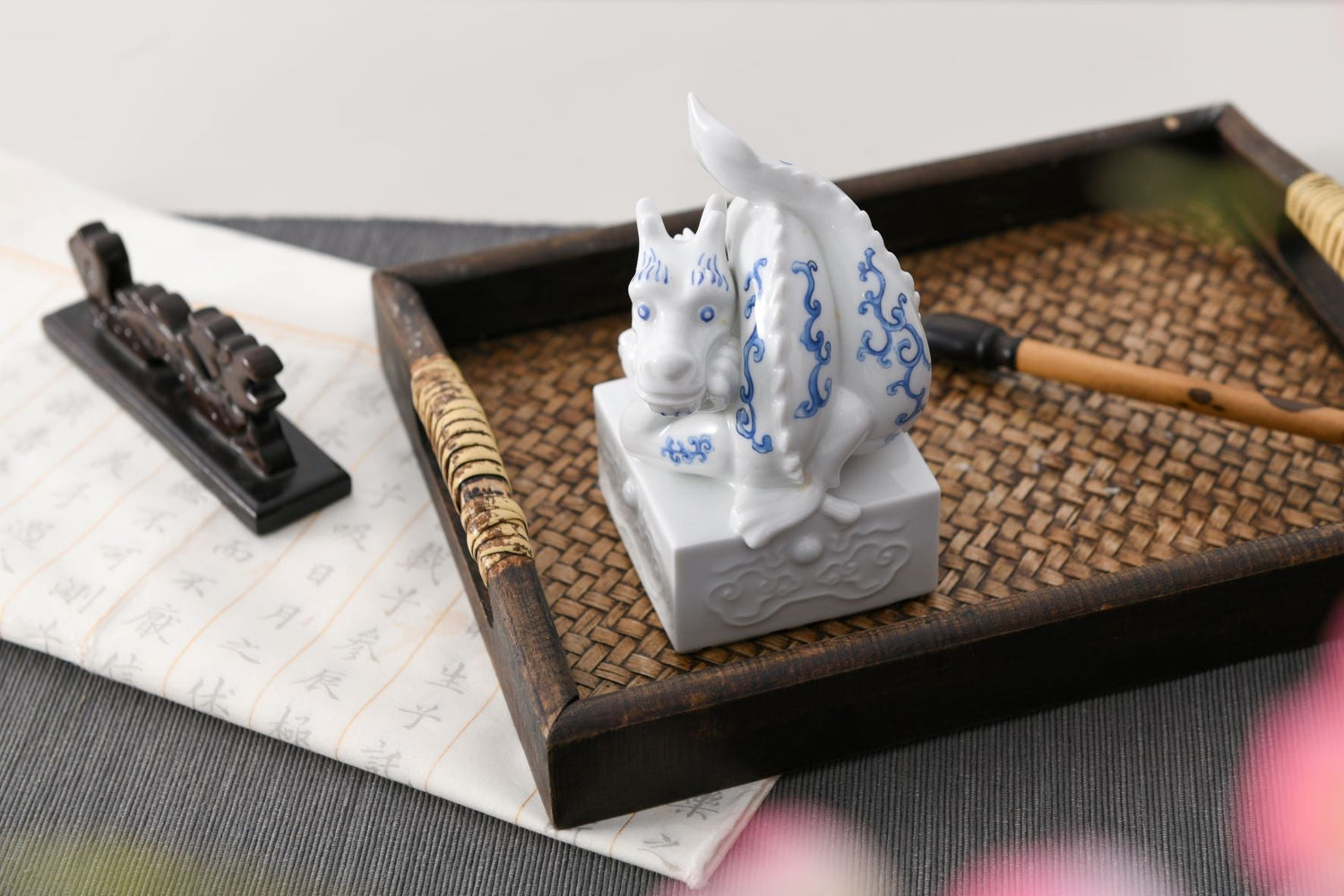Speaking of his age, Professor Wei-Gong Liu, who was born in
the 60s, smiled.
We invited Professor Liu to the exhibition SIMPLY
WHITE–Heinrich Wang's Porcelain Art, curious about how he would provide new
stimuli. As an expert on phenomena of Taiwanese culture, Professor Liu has
published numerous articles on his study of the relationship between culture
and society, cultural policy and social trends in innovation. In recent years,
he has been dedicating himself to local industry-academia cooperation projects.
He expressed his particular interest in the section showcasing Mr. Heinrich Wang’s
personal objects. He indicated that with only a few objects, this section
provided a complete narration of different periods in the artist’s life and
characteristics of the time, from which we were able to catch a glimpse of the development
of Taiwanese society. In the interview, we asked him to share his observation
of the development of Taiwanese society, and compare with art creators today.
This may serve as an inspiration to the public.

Besides the presentation of Mr. Wang’s white porcelain works, Professor Liu also noted that he saw the memories of people growing up in the 50s and 60s in Taiwan. Poetry by Yu Kwang-chung placed in the first compartment stands for the debate between the east and the west and on local literature in the 60s, which had profound influence on the youth then. Professor Liu believed that every nation or society would have a similar stage like the 60s in Taiwan. Environment and Society play a big part in artists’ life and their creation. His took Taiwanese society as an example. When people’s material needs were met, they began to pursue cultural and spiritual fulfillment. The 60s and 70s can be seen as the golden age. Without social media, artists and those in the cultural industry had to seek information and knowledge themselves. They were like pioneers eager to look for something of their own, sing their own songs, make their own movies, but at the same time, the hoped to be connected with the world. While the society was still conservative, the public welcomed new creations and artists. To this day, the diversity in art remains a valuable asset in Taiwan, and has become an vital part the development of Taiwanese culture. Witnessing the change of Taiwanese society up to this era with freedom of speech, the youth at that time has formed certain characteristics. We asked Professor Liu about the difference between the youth today and then. He said that in early days, most of the artists and those who worked in the culture industry were self-taught. Like Mr. Wang, the artists derived inspiration from different stages of their lives. From the exhibition, we see Mr. Wang’s artistic talent, and from the molds, we also see the complexity of his works, the uncertainty of the creating process, and Mr. Wang’s persistence. In terms of the artist himself, Mr. Wang polished his talent through literature and reading, and that is something that can never be lost. Professor Liu hoped art creators today could learn from artists like Mr. Wang and perceive their efforts from their stories rather than pursuing rapid growth on social media. In addition, Taiwan’s inclusion and diversity has created a good environment for art development.

Finally, when asked which piece of work was his favorite, he said he felt emotional looking at the figure of Buddha that induced self-reflection, which might be related to his state of mind. “And My zodiac animal is sheep, so I am fond of the work of sheep.” He laughed after saying.



